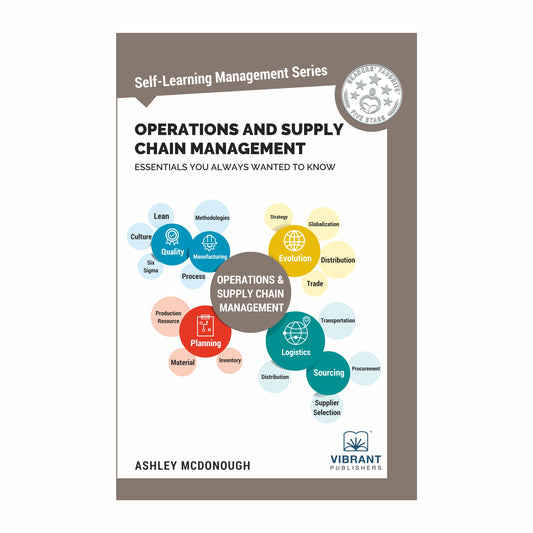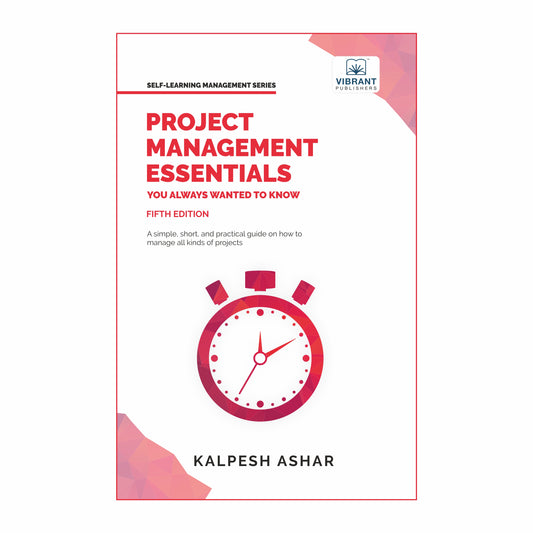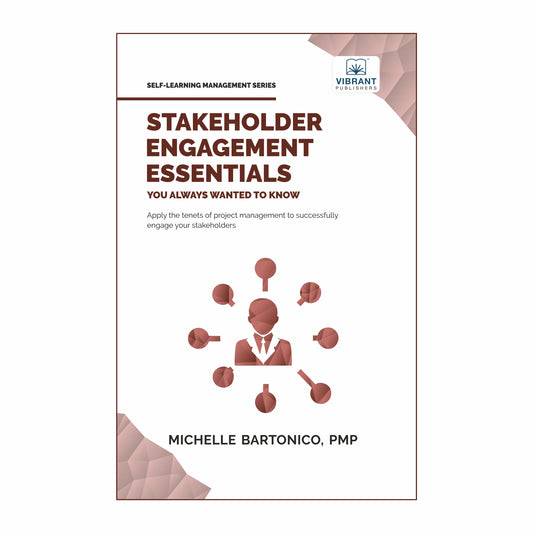Introduction
In this blog, we’ll discuss the A-Z’s of stakeholder engagement, including its importance, why it’s crucial for any company, and what are the ways one can go about engaging stakeholders. If you’re new to the world of project management and want a quick and easy introduction to the concept and practice of stakeholder engagement, read on.
Firstly–what is stakeholder engagement?
Think of stakeholders as entities that either impact an organization or are impacted by its activities in some manner. This can include investors, shareholders, employees, and of course, customers. Stakeholder engagement is a vital part of project management. Veteran marketer and project management professional Michelle Bartonico says that stakeholder engagement is “engaging the right people at the right time and helping them become champions of what [your organization] is trying to achieve.” Stakeholder engagement is, then, a process of collaboration and interaction, ensuring that the organization has the right people onboard to achieve the collective goals.
Why are stakeholders so important?
Stakeholder engagement makes all the difference between a good project and an outstanding one, the latter adding value to all the stakeholders involved in the process. A project cannot be completed successfully without adding the inputs of multiple stakeholders at multiple checkpoints during the project process. Stakeholders are present during every stage of a project. Without the right stakeholders, a project will feel more like a list of items to be checked off rather than a process that adds value towards an end goal.
How do you engage stakeholders successfully?
In order to successfully engage stakeholders, project managers must be “people-centric”. Being people-centric means approaching stakeholder engagement not as a means to an end but as a way to develop meaningful interpersonal relationships. The first step is identifying the right stakeholders, of course, and then understanding how to map out and analyze the impact that each stakeholder will have on the project in question. In her book, Michelle Bartonico explains that “a project’s destiny” is determined by how well the project manager is able to engage stakeholders. The key to winning over the right stakeholders is mapping out what each stakeholder can contribute and then planning how to remain connected with them at every stage of the project process.
What stakeholder engagement isn’t
There is a common misconception that only one particular group of stakeholders is impacted by the project's outcome. However, that is not true. Multiple stakeholders are significantly impacted; whether they are supply chain managers or IT professionals. Michelle Bartonico states that the project outcome is based on “a collaboration between all levels”. Thus, while planning for stakeholder engagement, it is important to remember that every individual involved in contributing to the project—whether directly or indirectly—has their own role to play.
Conclusion
Stakeholder engagement is crucial for project success because it gets the project going and helps keep track of who’s doing what. A project cannot be initiated without identifying relevant stakeholders. For a project management professional, project manager, or even a learner curious about the topic, knowing what this concept entails is essential for ensuring all-round project success. In our next blog, we look at the difference between the terms stakeholder engagement and stakeholder management.
Listen to the full podcast on Spotify or check it out on YouTube.
Read the next blog in this series here.





